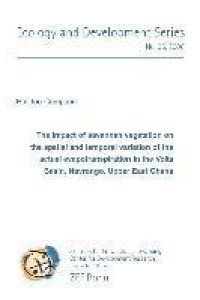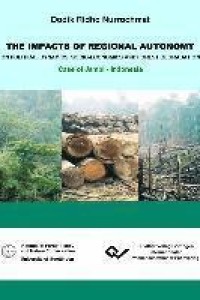
Liknande böcker
Soil Degradation in simple Oak Coppice Forests of the Ahr-Eifel
Bok av Dirk Mohr
Simple oak coppice forests of the Ahr-Eifel are confronted with extensive soil degradation. Four complementary investigations were conducted to study the impact of the environmental factors "relief position , "slope gradient , "red deer , "wild boar , "stand density and "stand composition on soil degradation in the investigation area. Soil quality was assessed determining several physical, chemical and biotic soil properties in the upper soil (Ah-horizon) of twelve different oak forest sites. Relief position and slope gradient influenced soil degradation in the investigation area. The content of basic cations (K+, Ca2+, Mg2+) was significantly lower, the content of Al3+ significantly higher at leeward slopes than at windward slopes. Soil nutrient contents were lower and the Al3+ content higher at the slope position "plateau and at sites with high slope gradients than at the foot slope and sites with low inclinations. Red deer grazing and trampling enhanced soil degradation at a windward forest site. Soil moisture, water retention capacity (WRCmax), nutrient availability and microbial activity were lower under the impact of red deer than in fenced exclosures. Opposite tendencies were found at a leeward forest site. The content of several soil nutrients and microbial characteristics were higher outside the fenced exclosure. The abundance of several soil invertebrates was clearly reduced at the unfenced plots of both slope aspects.
Visa pris inkl. frakt Inkl. frakt
Soil Degradation in simple Oak Coppice Forests of the Ahr-Eifel
244 kr
Finns i lager
Soil Degradation in simple Oak Coppice Forests of the Ahr-Eifel
244 kr
Finns i lager
Soil Degradation in simple Oak Coppice Forests of the Ahr-Eifel
259 kr
Finns i lager







